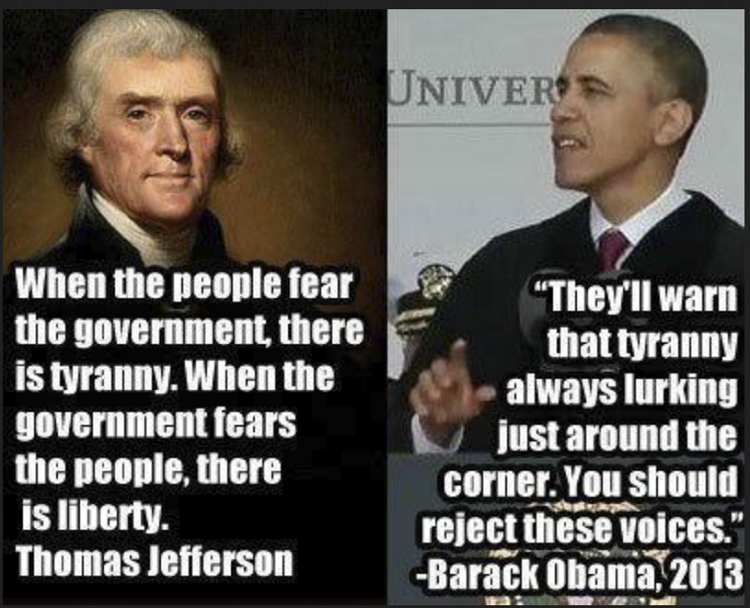WILL CHEVRON FINALLY RUN OUT OF GAS?
 The Chevron Doctrine is a rule adopted by the Supreme Court in 1984. It says that when the language of a statute is ambiguous, a court must defer to the regulatory agency’s interpretation and may not substitute its own judgment. That is why it is also known as Chevron Deference.
The Chevron Doctrine is a rule adopted by the Supreme Court in 1984. It says that when the language of a statute is ambiguous, a court must defer to the regulatory agency’s interpretation and may not substitute its own judgment. That is why it is also known as Chevron Deference.
Chevron has come under mounting attack in recent years as agencies have learned to game the system and to leverage any scintilla of ambiguity into a wholesale assertion of authority.
The Supreme Court has begun saying “enough” and has developed some caveats to check this game. For example, the newly articulated “major questions doctrine” is essentially the anti-Chevron: if an issue is big enough, then ambiguity dictates that the agency not receive deference.
“We expect Congress to speak clearly when authorizing an agency to exercise powers of vast economic and political significance,” says Alabama Assn. of Realtors v. HHS (2021), which tossed out the CDC’s nationwide eviction moratorium. See also NFIB v. OSHA (2022) (OSHA mandate of employee vaccinations); West Virginia v. EPA (2022) (EPA’s use of Clean Air Act to restructure electricity generation).
But the Court has been ambivalent, sometimes applying the doctrine, sometimes finding that the relevant law is not ambiguous, and sometimes not mentioning it. (See here, pp. 24-26.)
Now the Supreme Court has agreed to address directly the issue of whether Chevron should be overruled. The case is Loper Bright Enterprises v. Raimondo, where Raimondo is Biden’s Commerce Secretary Gina Raimondo.
As might be expected, the case has generated an avalanche of amicus briefs in addition to those submitted by the parties. Most of these are quite erudite and address a host of complicated legal issues. However, for the most part, they are limited to issues of law.
They tippy-toe around the political and bureaucratic reality that regulatory officials serve the interests of themselves and their relevant client groups and that Chevron is a mechanism by which the Deep State avoids control. A few of the briefs nail these “real-world problems” issue, though.
A brief on behalf of eight employers’ associations documents the manner in which the National Labor Relations Board uses Chevron to enforce a quixotic and ever-changing regime of labor law. “[T]he NLRB has a record of interpreting its power expansively even in the face of express limitations. … [T]he Board has asserted authority in areas beyond those provided by the text — knowing it can claim protection from judicial scrutiny under Chevron.”
And several eminent law professors, including Richard Epstein, assert that the NLRB is not an unusual situation:
“The Court should now take this opportunity to overhaul the Chevron-deference regime, because this experiment in rebalancing the relationship between administration and judicial review has failed. It has led to agency overreach, haphazard practical results, and the diminution of Congress.
Although intended to empower Congress by limiting the role of courts, Chevron has instead empowered agencies to aggrandize their own powers to the greatest extent plausible under their operative statutes, and often beyond. Congress has proved unequal to the task of responding to this pervasive agency overreach and now has less of a role in policymaking than in the pre-Chevron era.
Courts, in turn, have become sloppy and lazy in interpreting statutes. It’s a vicious cycle of legislative buckpassing and judicial deference to executive overreach.
Chevron deference rests on the presumption that Congress won’t over-delegate and that agencies will be loyal agents. But the past 40 years have shown that Congress loves passing the buck and agencies are actually principals who pursue their own interests.”
The New Civil Liberties Alliance, in a brief authored by eminent professor Philip Hamburger, addresses Chevron as a force for political destabilization:
“Worst of all, Chevron expands the destabilizing effects of administrative power into national politics. The Supreme Court has greatly enlarged federal legislative power, and Chevron allows that power to be exercised by unelected bureaucrats, who can be unleashed—or at least restrained—by the president. So, presidential elections largely determine the control of an almost general legislative agency power.
Such elections therefore elicit an intensity of feeling that strains lawful, let alone civilized, conduct. With so much policy direction riding on a single election, the stakes become too high. Hence, presidential elections have become do-or-die battles for control of massive amounts of regulatory power. And by expanding the scope of agency power that is up for grabs, Chevron substantially contributes to this destabilizing tendency toward political conflict.”
Chevron presents enough complex constitutional and administrative law issues to delight the most pedantic of legal nerds, but Epstein et al. and the NCLA have grasped the larger truth: the case is about the allocation and exercise of power in a democratic society, not about legal technicalities.
The courts are supposed to exercise a quality control function over the agencies, under the Administrative Procedure Act of 1946, which was an initial effort to circumscribe the power of the administrative state, a role neutered by Chevron.
The Supreme Court got it wrong in 1984, and the results have not been pretty. Overruling Chevron is no panacea for our current political woes, but it would be a good step in the right direction.
James V DeLong, Harvard Law School 1963, is a former research director of the Administrative Conference of the United States.

